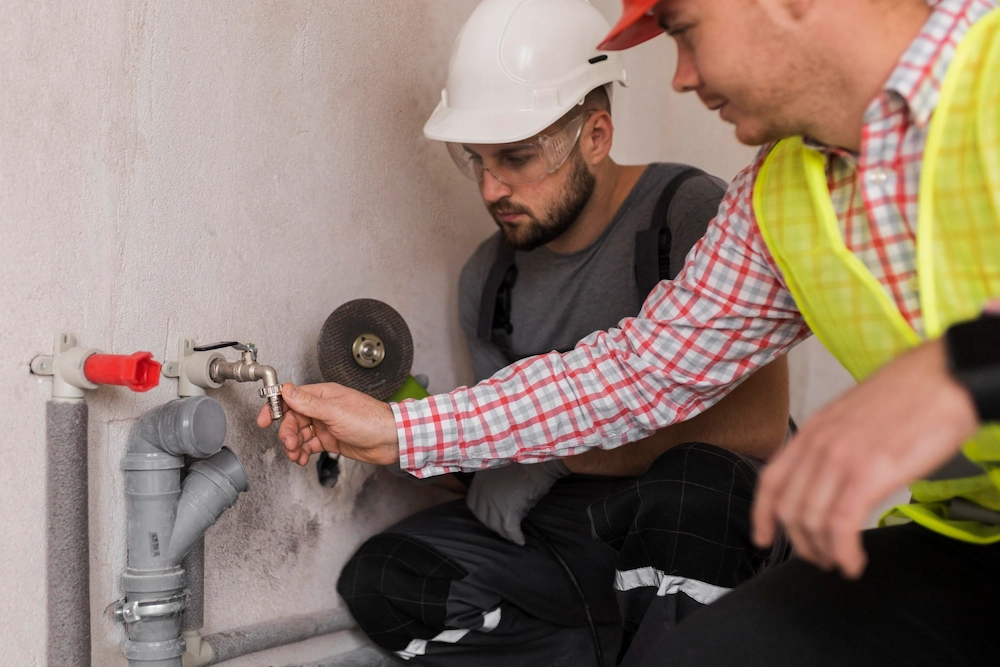Streamline Your Electrical Projects with the Right EMT Connector

Simplifying Electrical Conduits: The Essential Guide to EMT Connectors
When it comes to organizing and securing electrical wiring, choosing the right components can make all the difference. One critical piece of the puzzle is the "EMT Connector". These connectors play a vital role in ensuring your electrical conduits are safely and efficiently linked.
What is an EMT Connector?
An EMT (Electrical Metallic Tubing) connector is a device used to join sections of EMT conduit or to connect EMT conduit to an electrical box. These connectors are designed to provide a secure, reliable connection that ensures safety and durability in electrical installations.
Types of EMT Connectors
There are several types of EMT connectors available, each designed for specific applications:
Set Screw Connectors: These are commonly used for indoor applications. They are secured with screws that press against the conduit, making them easy to install.
Compression Connectors: Ideal for both indoor and outdoor use, these connectors provide a tight, secure connection that is resistant to moisture.
Insulated Connectors: These come with a plastic or rubber insert that protects the wires from sharp edges, adding an extra layer of safety.
Benefits of Using EMT Connectors
Using EMT connectors offers several benefits:
Safety: They ensure a secure connection, reducing the risk of electrical faults.
Durability: High-quality connectors are resistant to corrosion and wear, ensuring long-term reliability.
Ease of Installation: Many EMT connectors are designed for quick and easy installation, saving time and effort.
How to Choose the Right EMT Connector
When selecting an EMT connector, consider the following factors:
Environment: For outdoor or damp locations, choose compression connectors that provide a moisture-resistant seal.
Conduit Size: Ensure the connector matches the diameter of your conduit for a secure fit.
Code Compliance: Make sure the connectors meet local electrical codes and standards for safety.
Installing EMT Connectors: Tips and Tricks
Prepare the Conduit: Cut the conduit to the desired length and remove any burrs or sharp edges.
Attach the Connector: Slide the connector onto the end of the conduit. For set screw connectors, tighten the screws securely. For compression connectors, use a wrench to tighten the compression nut.
Check the Connection: Ensure the connector is firmly attached and there is no movement between the conduit and the connector.
In any electrical installation, choosing the right EMT connector is crucial for safety, efficiency, and longevity. Whether you're working on a small residential project or a large commercial installation, understanding the types and benefits of EMT connectors will help you make the best choice for your needs.
Engage Your Readers By focusing on the importance and benefits of EMT connectors , this blog provides valuable information that can help both professionals and DIY enthusiasts improve their electrical installations. If you have any questions or need further details, feel free to reach out!








